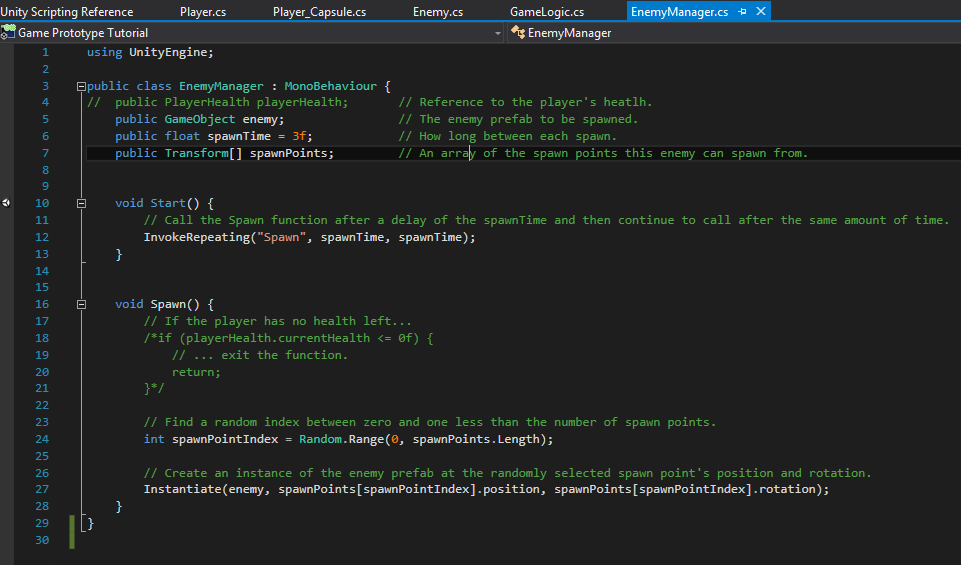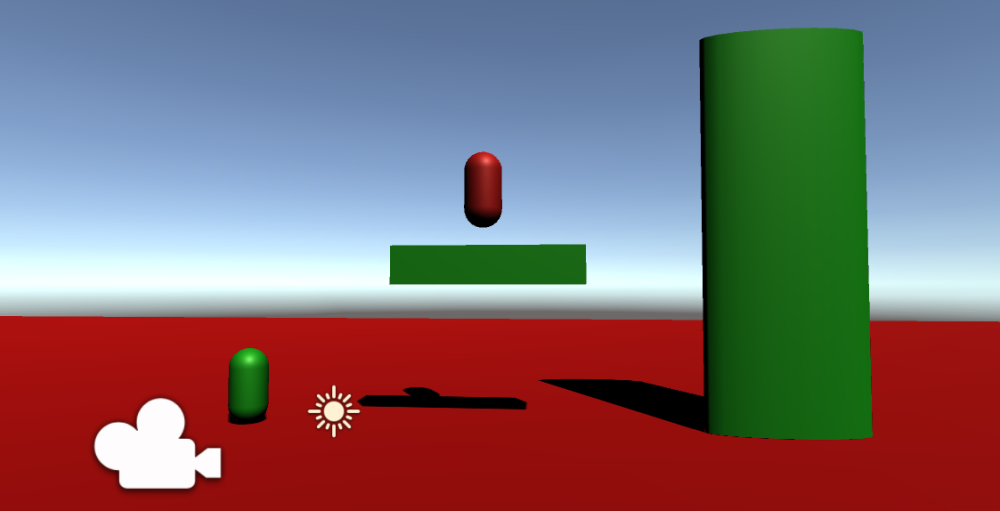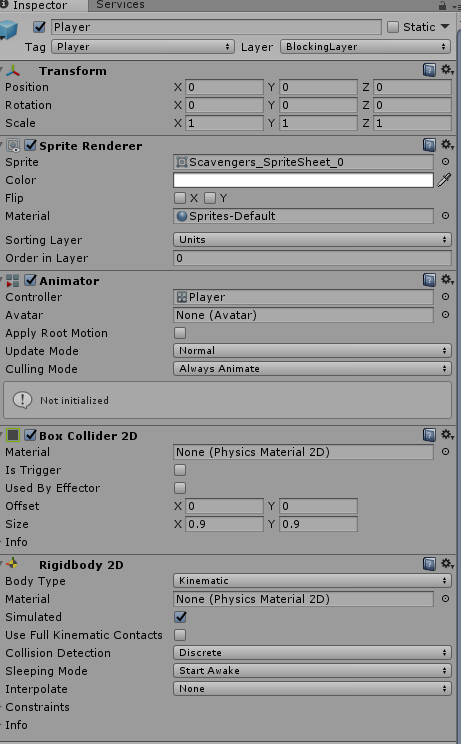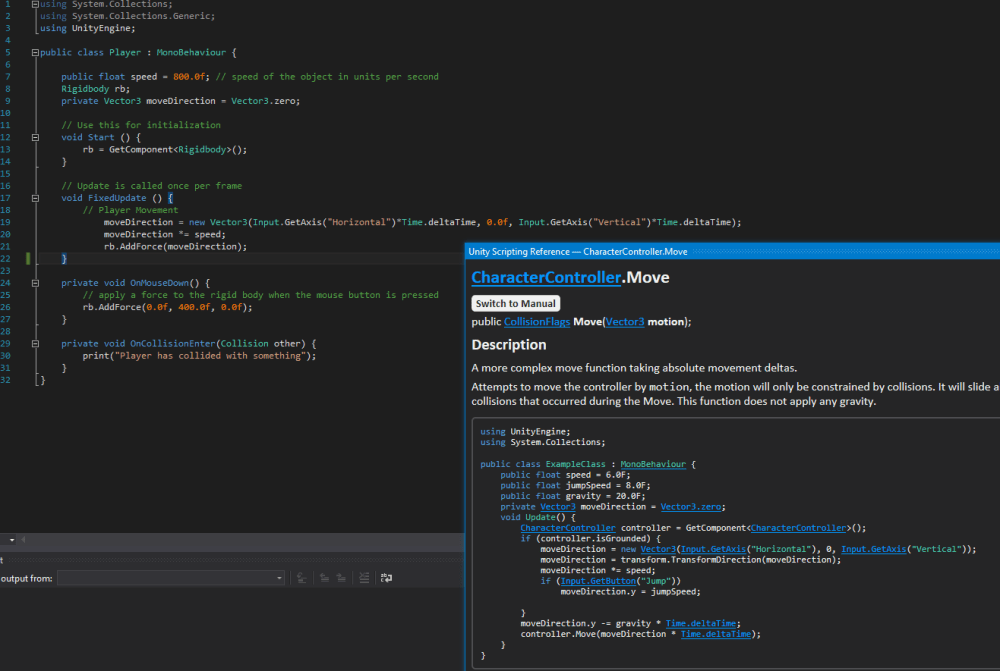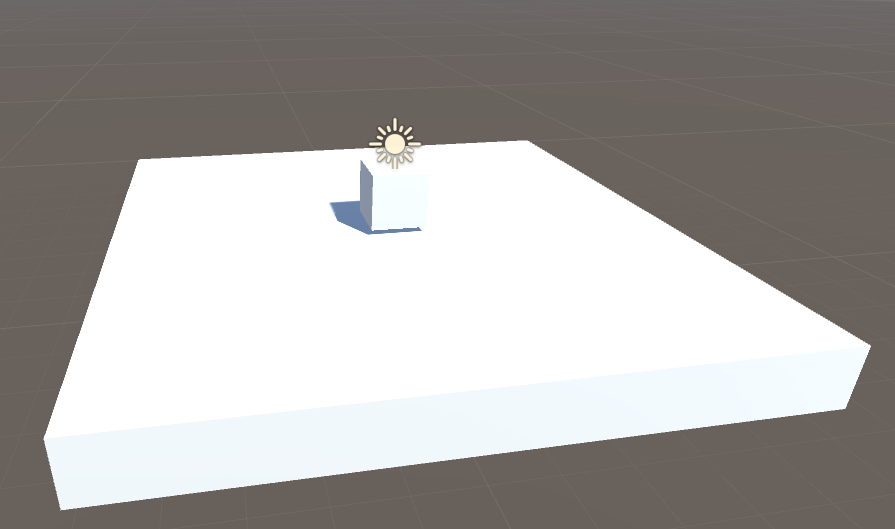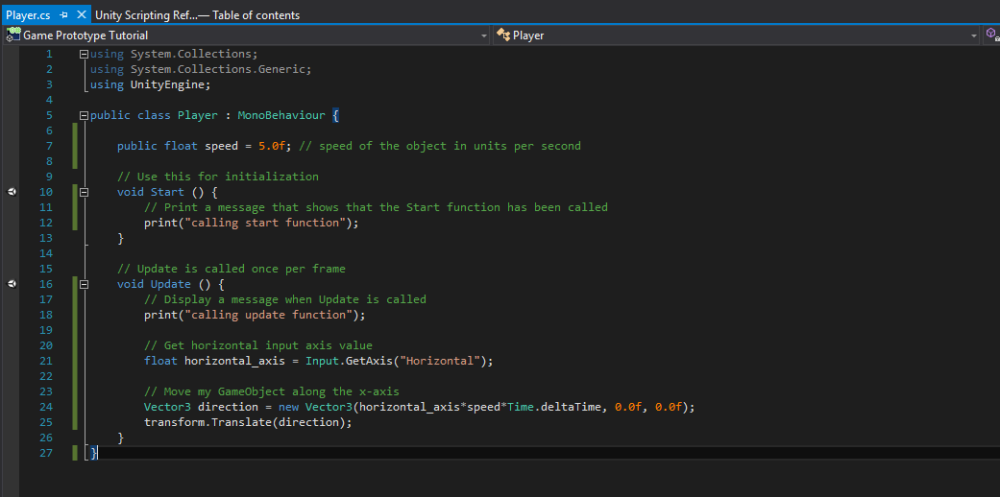The Jam
The first dev entry of my revived 2017 website will be nothing less than our team submission for Global Game Jam 2017. It’s supposed to be the world’s biggest game jam event with over 36,000 jammers in 702 sites this year, so a pretty suitable choice for a first-ever game jam experience. The location I picked was Dundee Makerspace which overall provided a fairly convenient place with plenty of space for our VIVE setup, though the internet left something to be desired. Next year I’m probably going to stick with the Abertay University location. The jam itself lasted from Friday 18 till Sunday 18:00, with games revolving around a single word – in 2017’s case “Waves”. There are also some “optional modifiers” that people can aim for that are supposed to make it harder and more interesting for veteran jammers but we (thankfully) chose to avoid them.
The Team

Our chosen team name

The team itself
My team consisted of Michael Greenard, who handled pretty much all the code and had to work two sleepless nights. His heroic efforts will be remembered. Matthew Aitchison who was responsible for the vast majority of the 3D assets in our not-so-intelligently chosen realistic VR art style. Paul Drauz-Brown, who did all of the game’s audio and also had a sleepless streak fighting against UE4 and wwise integration. George Rankin who helped a lot with the design of the game and levels, along with me, Michael and the rest of us (no space for a dedicated designer in these small teams) and also spent the better part of a day obsessing over making a nice door. It did end up a pretty nice door, though. And, lastly, me helping out wherever I could, mainly with design and 3D assets, with some particle work.
The Concept
We took the word waves and… well, to be perfectly honest, I feel like we lost our way a bit with regards to integrating it into our game. We had a lot of ideas about how it could fit in. The concept was simple – a VR Escape The Room style game in a submarine. We had ideas of going deeper into the submarine leading to madness, with waves of distortion. We had ideas of mysterious entities zip[ping by outside the sub. We had ideas of having a “pulse” mechanic – similar to scanning waves in sci-fi games. Sonar. Brain waves. Etc. etc.
The Execution
In the end, as it usually happens, we had to drastically scope down and ended up with having blinking alert lights, creating waves of red light that briefly illuminate your environment as you try and move from room to room before the water gets to you. The puzzles were mostly authored by George, me and Michael, though it was in general a collaborative effort in terms of design. We kept it fairly simply, eliminating a lot of our more extravagant ideas outright (like mine and George’s wacky torpedo-launching puzzle), mostly due to time constraints, programming complexity and the fact that we stupidly chose to go with a very realistic art style, meaning that asset creation was very slow.
Personally, the most I got out of the project was working within such small time constraints, which relally helped me learn how to optimize my workflow. Unfortunately, I wasn’t familiar enough with using UE4 in a VR environment to meaningfully help with coding and seeing as design was shared between multiple people, I chose to focus on 3D assets and particles. The 3D assets in particular were very interesting to me as our artist was using Quixel Suite 2. One quick glance at its smart material system and I was hooked. Even though I am very far from a 3D artists, I quickly dusted off Maya and went back into it after a 1yr+ hiatus. Though it took me a while to get back to speed and I essentially impulse bought and learned Quixel Suite 2 in several hours, by the end I got into a decent groove and made some pretty decent assets. I’m definitely very eager to use it more and would definitely recommend it to anyone interested, it is an incredible piece of software and simply works within Photoshop.
You can find it here
My biggest struggles were working with a brand new team, comprised of people I didn’t know/barely knew, working within such tight time constraints and with minimal sleep and also making sure I had something to contribute to the team. I definitely felt quite bad at the beginning as, after my design contributions, I was tasked with some assets. They took me an insanely long amount of time, most of which was spent remembering the proper pipeline for importing UE4 assets (curse the damn legacy FBX exporter and Maya 2017 defaulting to some completely incompatible version – as well as the in-built “send to xxx” functionality being broken.) and also how to properly combine, unwrap and generally triangulate. Worse still, my very first asset (which was horrendously broken in its first iterations) was a crucial component of the first puzzle – namely the valve that the player needs to find and attach to the first door, in order to proceed. Inefficient modelling, improper mesh combination, bad UV’s, wonky pivot, scaling and orientation – it had it all. Overcoming the shame of it, fixing it and then getting into it more did help me create some semi-decent stuff by the end.
In my desire to help further I also made the game logo and splash (featured at the top of the page), wrote the game submission and made the game trailer. Will definitely work on my After Effects/Vegas skills more in the future, as it is incredibly useful to have in this day and age. I also spent a decent chunk of time looking into Cascade – UE4’s particle system. It’s an archaic mess at first glance, but works very well within its own dated logic. It was admittedly a bit of a shock the first time I saw it – I felt like I was warped back into UDK. Decent documentation and some excellent tutorials helped me somewhat begin to understand it. In the end I made some pretty nice particle effects that sadly couldn’t make it into the final project as we ran out of time. That was mostly since Git completely failed on us as soon as the file sizes got bloated and for the latter half of the project we essentially had only one PC with an up-to-date game version.
Overall, it was an invaluable learning experience and one that I am eager to repeat, though for my next jam I will look more into my own skill set, so that I am better prepared as remembering and figuring out stuff all over again is simply time wasted. Time that the team doesn’t have.
The Result
It’s not the best game in the world and it won’t win any awards but for my first game jam I am quite proud. A VR game with a realistic art style and bloated scope is far from the easiest thing to pull off in such a short time with an amateur team but we gave it our best shot. In the words of one of our team members – it’s better than a lot of VR stuff actually out there on Steam right now. Though that might speak more about the state of the industry and valve’s standards that it does of our aptitude. A special shout out to Michael, our programmer and Matthew, our 3D artist for doing the majority of the work.
Relevant Files
SubEscape Video Demonstration
Game File Repository
Global Game Jam 2017 – Sub Escape Page

